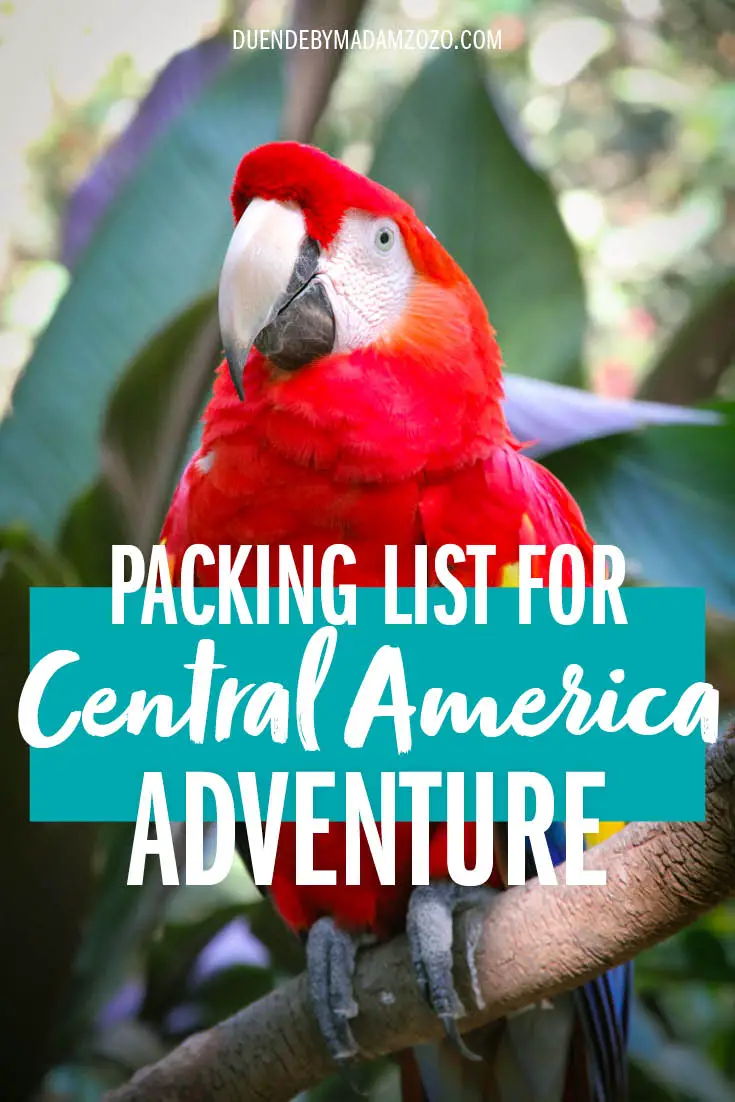Central America inspires visions of white-sand beaches, aquamarine waters, lush tropical rainforests and brooding volcanoes. If you want to go adventuring in Belize, Costa Rica, El Salvador, Guatemala, Honduras, Nicaragua and/or Panama, this Central America packing list has you covered – from snorkelling the Mesoamerican Barrier Reef to roasting marshmallows on a lava flow.
Disclosure: I may earn compensation from the purchase of any product or service linked on this website, at no extra cost to you. I only link to products I use and love, therefore feel comfortable recommending.
General Central America packing tips
Climate
Central America is generally tropical in climate with distinct wet and dry seasons. However, additional consideration is required for adventures at altitude. Mountainous areas can be much cooler than sea level regions. Also remember that hurricanes can whip up a frenzy any time between June and November, and are most likely from August through October. Examine the climate of the different destinations in your itinerary, coinciding with the particular time of year you are travelling. You can search climate information for different locations here.
Clothing and comfort
Due to Central America’s tropical climate, pack lightweight, breathable fabrics for comfort. Think cotton, hemp, linen and silk. Synthetics such as polyester and nylon will make you sweat and smell. If you are travelling to cooler areas, Merino wool is perfect. It will keep you warm during cool nights and mornings, and wick away heat as the day warms up.
Currency
Small amounts of US dollars (USD) are ideal for most destinations in Central America. They are accepted widely in tourist areas, but it can get more complex once you get further off the beaten track. Withdrawing local currency from an ATM on the ground can be the best option. However, due to the prevalence of card skimming it may be worthwhile getting a travel card for the trip (e.g. Travelex Money Card) to limit your vulnerability if someone gets access to your account.
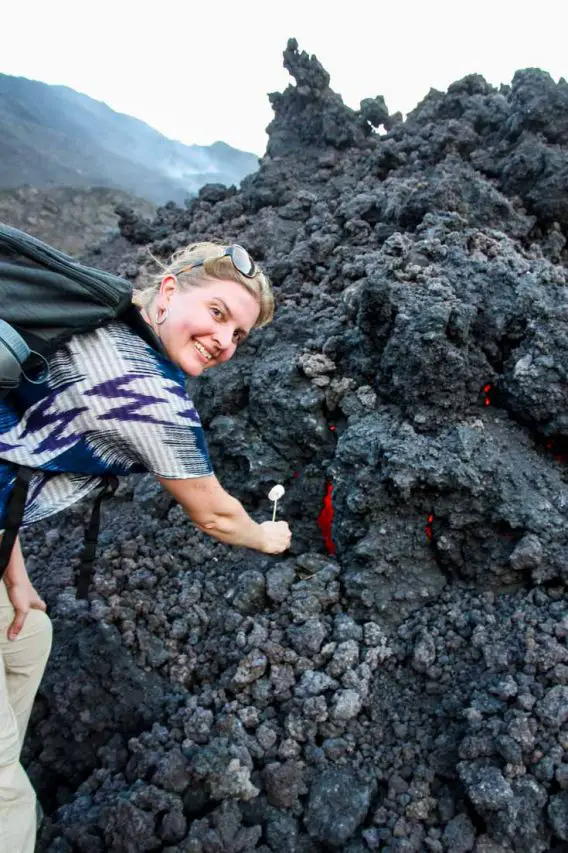

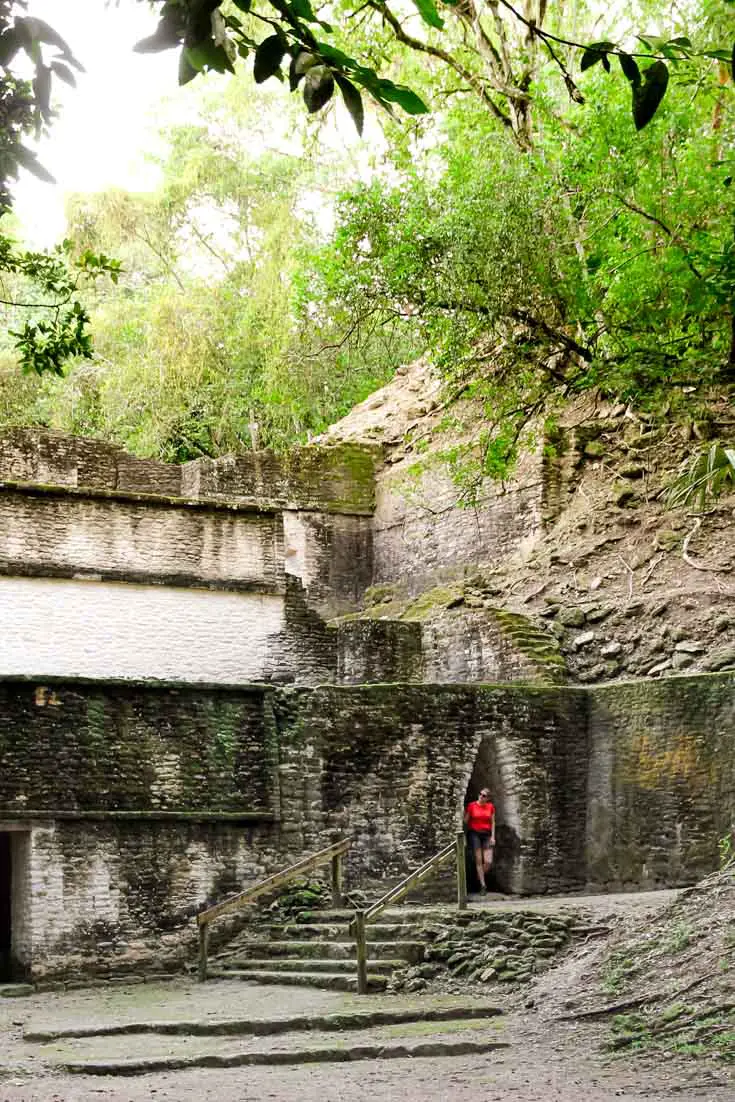
Etiquette
Central America is culturally diverse. Avoid unwanted attention or offending your hosts by erring on the side of relative conservativism. Bikinis and short-shorts are fine in beach resorts, but out in the public space keep your chest and shoulders respectfully covered, as well as down to your knees. Due to the conservative nature of some places and sights, it is advisable for females to pack at least one one-piece swimsuit and/or a rashguard.
I also recommend swim shorts, board shorts, bike shorts or quick-dry leggings if you are caving, waterfall rappelling or other similar activities. Note that caves in areas such as Belize and Guatemala are often sacred to the Maya people, so you need to be reasonably modest. Plus, it can be a safety hazard or just darn uncomfortable not to have enough fabric between you and say, a rappelling harness.
Electronics
Electricity in Central America is delivered at 110-127-V, 60-Hz (same as in the US). Depending on where you are travelling from and what kind of appliances you are bringing, you may need a voltage converter. Generally, modern phones, tablets and laptops are made for both 110-127-V and 220-240-V, but it pays to check this detail. Due to variances in plug configurations, you will almost certainly need an international adaptor.
Luggage
Though I’m generally pro roller bags, there are a few places where a backpack is ideal. Luggage wheels don’t roll so well on sand or cobblestones and stairs are more common than elevators. A smaller backpack or cross-body style are good day bag options depending on your activities. A dry bag can be useful for water-based excursions—we pack a Field & Stream 5L dry bag, which is plenty big enough for our DSLR camera, money, phones and even a small towel if necessary.
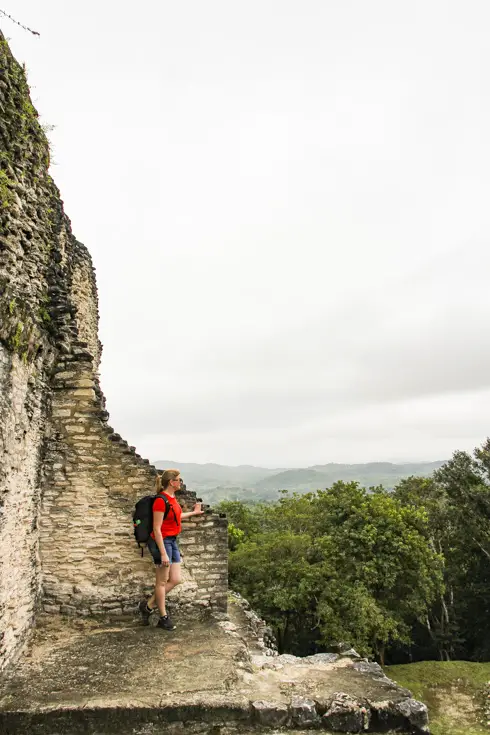
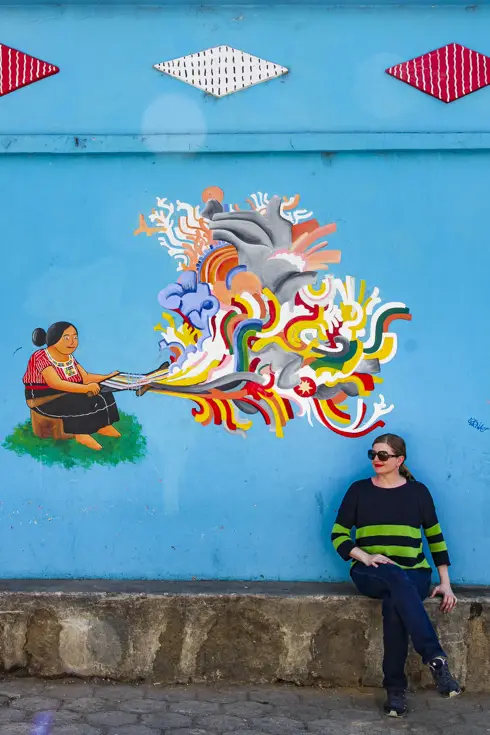
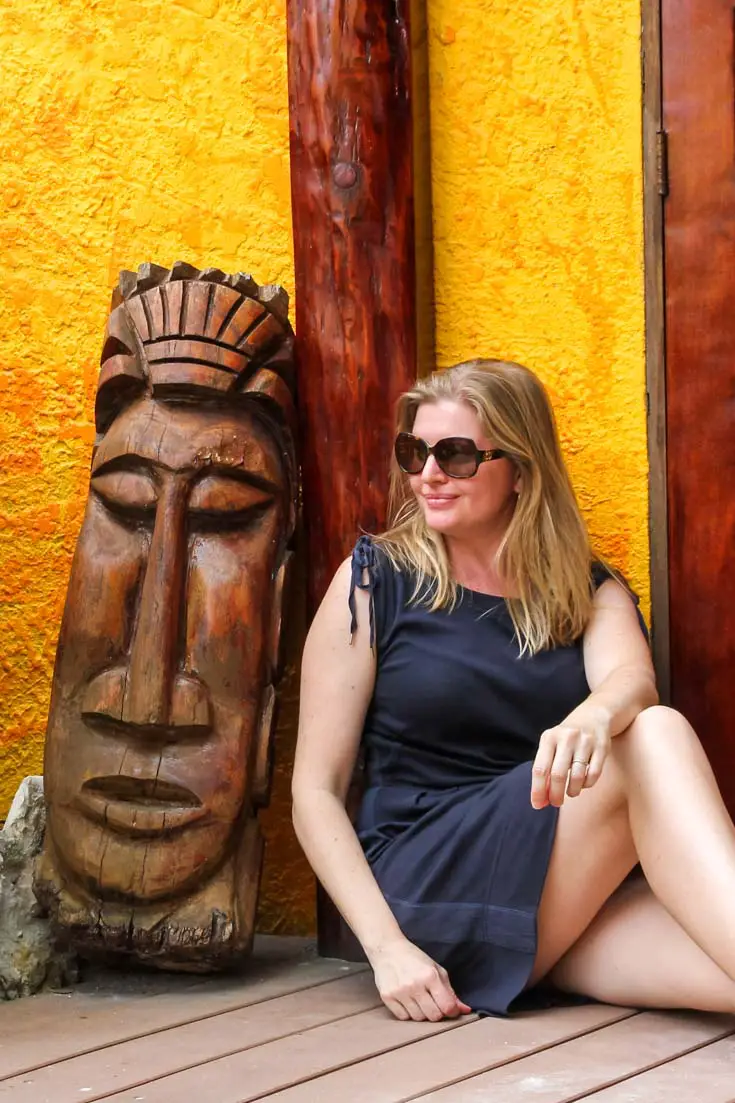
Environment
You are no doubt interested in some of Central America’s natural beauty, from volcanoes and jungles to waterfalls and tropical beaches—there’s so much to enjoy. It only makes sense to do you’re part in minimising your environmental impact. Take as little packaging and disposables as possible – these guides will assist: 8 Essential Eco-Friendly Travel Products and 5 Steps to More Sustainable Travel.
Health
There is a risk of mosquito-transmitted diseases such as Zika Virus, Dengue Fever and Malaria in Central America. Pack an insect repellent that contains recommended amounts of DEET, picaridin or other approved product e.g. RID Tropical Strength or OFF Deep Woods. Consult a doctor or travel clinic about your specific itinerary and whether you need vaccinations or preventative medications.
Passport and visas
Ensure your passport has at least 6-months of validity and plenty of pages for your new passport stamps. Check whether you require a visa for the countries you are visiting (it will depend on the country of your passport) and if there are any entry or exit fees.
Security
Central America is a developing region. In places such as Guatemala, the minimum wage is about the equivalent of USD10 per day. As someone who can afford an international vacation, you are assumed to be wealthy in the eyes of locals. Pickpocketing, theft and muggings can be a problem. Keep your valuables to a minimum, secure those you must take, and don’t flash them around. It also helps to dress casually, in line with what the locals would wear.

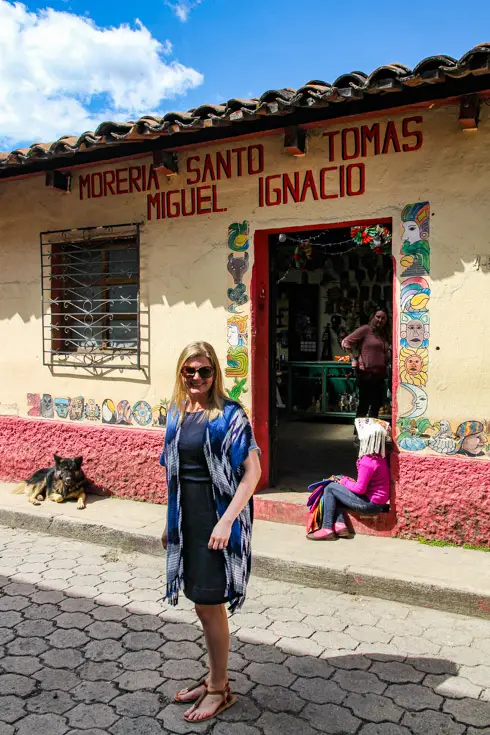
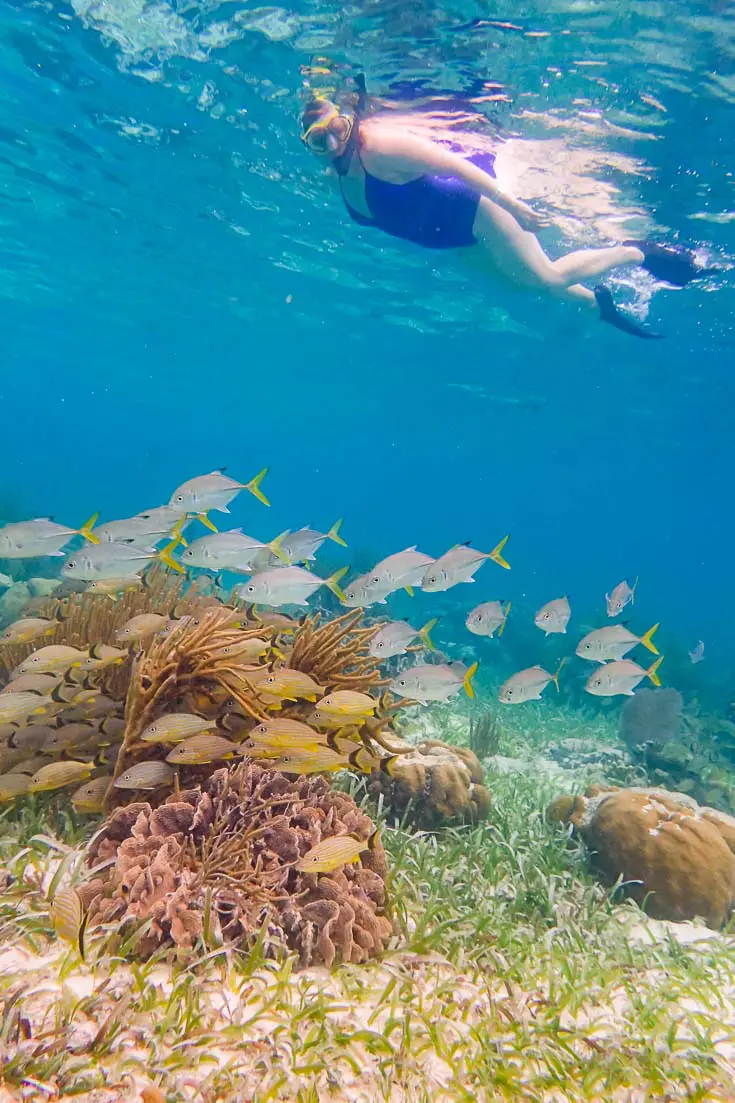
Central America Packing List
Documents
- Passport
- Covid-19 vaccination card and yellow book (optional)
- Visa if required
- Itinerary, reservations and tickets Travel insurance information
Basics
- Underwear, bras and socks – pack just a week’s worth and wash in the shower or bathroom sink.
- Sleepwear – including sleep mask and earplugs
- Shirts – pack 1 t-shirt for every 2 days of your trip.
- Shorts – pack 1 pair of shorts for every 3 days of your trip. I recommend shorts that will be cool, provide sun protection, and are comfortable for extended walking.
- Midi-Skirt or dress- maybe substitute a pair of shorts for a midi-skirt if you feel its appropriate for your itinerary.
- Zip-off khakis – 1 pair or zip-off, quick dry khakis are great for more adventurous pursuits like caving and hiking.
- Jeans – 1 pair of jeans for the evenings and early mornings.
- Fleece or light down jacket – good to have all year round, particularly in the temperate mountainous areas.
- Shoes – depending on the activities you have planned, you need a pair of sturdy hiking shoes or comfortable walking shoes, and a nice pair of sandals for the evening. Water shoes are recommended for activities such as caving.
- Hat – preferably with a wide brim that is fitted and won’t blow off easily.
- Sunglasses – UV rated to protect your eyes and polarizing to cut glare.
- Swimsuit – 1-2 swimsuits. In the tropical humidity everything takes longer to dry, so if you prefer to put on a dry suit in the morning pack two and alternate. Also, females should take note of the etiquette section above.
- Boardshorts or swim shorts – 1 pair that provides sun protection, safety and modesty for activities such as waterfall rappelling or caving. I used my quick-dry zip off khakis for this purpose.
- Rash guard – 1 rash guard for added sun protection during long stints in and on the water. Also great for caving – see this post on preparing for ATM for more specific advice on clothing for caving excursions.
- Accessories – Minimal jewellery (preferably costume jewellery) or other accessories to dress up an outfit in the evening. I travel with one chunky necklace and a light scarf. Sarong – 1-2 beach cover-up or sarong to keep you sun protected and modest between swims. See this post for sarong tieing ideas
Toiletries
- Deodorant
- Toothpaste and toothbrush
- Shampoo and conditioner
- Aloe vera gel – doubles as sunburn relief and body moisturizer.
- Face wash
- Body wash
- Moisturizer
- Hair accessories (ties and pins)
- Menstrual products
- Light makeup and perfume
- Muslin cloth – I like taking a super-lightweight, reusable and quick-drying muslin cloth or two for removing makeup or when there’s not wash cloth provided by your accommodation.
- Laundry soap – a cake of laundry soap is great for washing your smalls in the hotel basin and doesn’t add to your liquids if you’re travelling carry-on only.
Gadgets
- Camera – Along with accessories such as charger, spare batteries; SD cards; and tripod. Polarizing and neutral density filters are also be helpful for the powerful, tropical light.
- Waterproof camera – We currently use a GoPro Hero 11 for underwater photography and video.
- Phone with accessories such as a charger.
Day bag
- Money belt, bra pouch or other secure, concealed wallet—Not for your bag, but to keep on your person.
- Refillable water bottle – Many hotels offer filtered water stations where you can refill.
- Hand sanitizer
- Bandana, cloth napkin or handkerchief.
- Toilet paper—Store it in a ziplock bag to keep it dry.
- Female urination device—Great for going in nature or when bathroom hygiene is lacklustre.
- Headphones
- First aid kit – Carry basic first aid and medical supplies in a compact, travel kit.
- Medications and prescriptions
- Dry bag—For keeping your camera, phone and other valuables dry, during water activities.
- Sunscreen
- Lip balm with SPF 15+ sun protection
- Insect repellent—Preferably one that contains recommended levels of DEET or other proven active ingredient.
- Flashlight or headlamp – Ideally a headlamp to keep you hands-free.
- Lightweight beach towel – A microfibre travel towel or peshtemal (cotton Turkish towel) are ideal. Note, even in the dry season the humidity prevents things from drying quickly. Rain jacket or poncho during the wet season (May-October).
Miscellaneous
- Book
- Sketch pad and pencils/paint
- Notebook or diary
- Tablet device
- Playing cards or travel games
Inside my suitcase
The items below made up the core clothing and accessories that I packed for my trip through Central America. including Guatemala, Honduras and Belize. As I mentioned in my notes about clothing and comfort, I selected garments in natural fibres and layer-able pieces in a cohesive colour scheme.

- Levis 314 jeans
- 3/4 sleeve GAP cashmere sweater – thrifted
- Marc by Marc Jacobs cotton dress – thrifted
- Arc’teryx rain jacket
- Strand Australia pop-over dress
- Coach sunglasses
- Madewell chambray shorts – thrifted
- Smartwool merino wool t-shirt
- Boden rash guard and bikini bottoms
- Brevite Jumper backpack
- Cotton seersucker midi skirt – DIY
- Abeo Walking sandals
- Arc-teryx trail runners
- Solbari sun hat
- Belt bag
See this international travel checklist for additional considerations for your Central America travel.
Peace, love & inspiring travel,
Madam ZoZo
